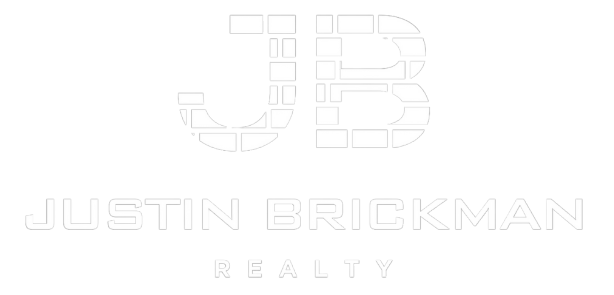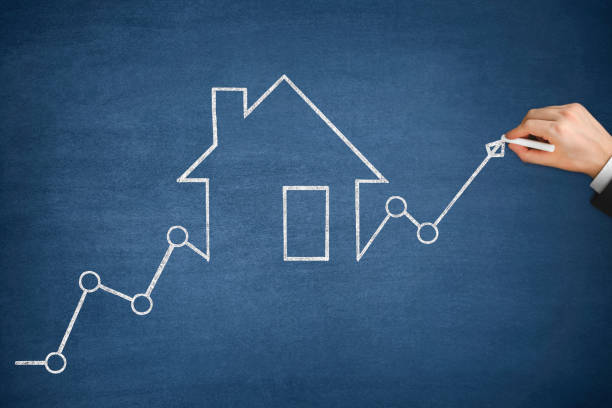Real Estate Trends:
Exploring the Shift Towards Eco-Friendly Homes
In recent years, there has been a noticeable shift in the real estate market towards eco-friendly homes. This trend reflects a growing awareness of environmental issues and a desire for sustainable living among homeowners and buyers. From energy-efficient designs to eco-conscious materials, eco-friendly homes offer numerous benefits for both residents and the planet. Let’s delve deeper into this emerging trend and explore its implications for the future of real estate.
- Sustainable Design Features
Eco-friendly homes are characterized by their sustainable design features aimed at reducing energy consumption and minimizing environmental impact. These features may include:
- Passive solar design: Orienting the home to maximize natural sunlight and heat during winter months, reducing the need for artificial heating.
- Energy-efficient appliances: Installing appliances with high Energy Star ratings to minimize electricity usage.
- Proper insulation and ventilation: Ensuring the home is well-insulated and properly ventilated to maintain comfortable temperatures year-round.
- Low-flow fixtures: Installing low-flow toilets, faucets, and showerheads to conserve water.
- Green roofs: Incorporating vegetation on rooftops to improve insulation, absorb rainwater, and reduce the urban heat island effect.
- Solar panels: Utilizing solar panels to generate renewable energy and reduce reliance on the grid.
- Sustainable Building Materials
Eco-friendly homes often utilize sustainable building materials that have minimal environmental impact. These materials may include:
- Recycled materials: Incorporating recycled wood, metal, and glass into construction to reduce waste and conserve natural resources.
- Bamboo: Using bamboo, a fast-growing and renewable resource, for flooring, cabinets, and other interior finishes.
- Cork: Utilizing cork, a renewable material harvested from the bark of cork oak trees, for flooring and insulation.
- Rammed earth: Constructing walls using rammed earth, a sustainable building technique that involves compressing layers of earth into solid walls.
- Hempcrete: Using hempcrete, a mixture of hemp fibers and lime, as an eco-friendly alternative to traditional concrete for insulation and construction.
- Environmental Certification
Many eco-friendly homes seek certification from third-party organizations such as LEED (Leadership in Energy and Environmental Design) or Energy Star to verify their sustainability credentials. These certifications provide assurance to buyers that the home meets certain environmental standards and may also result in cost savings through tax incentives or reduced utility bills.
- Financial Benefits
Investing in an eco-friendly home can lead to significant financial benefits in the long run. While the upfront costs of eco-friendly features and materials may be higher than traditional alternatives, homeowners can recoup these costs through:
- Lower utility bills: Energy-efficient homes require less energy for heating, cooling, and lighting, resulting in lower monthly utility bills.
- Tax incentives: Many governments offer tax incentives, rebates, or grants for energy-efficient home improvements, such as installing solar panels or upgrading insulation.
- Higher resale value: Eco-friendly homes are often in high demand and may command a premium on the resale market due to their lower operating costs and environmental benefits.
- Market Demand
The growing demand for eco-friendly homes is driven by shifting consumer preferences and increasing awareness of environmental issues. Today’s homebuyers are more conscious of their environmental footprint and are seeking homes that align with their values of sustainability and conservation. As a result, builders and developers are responding to this demand by incorporating eco-friendly features into new construction projects and retrofitting existing homes to meet green standards.
- Environmental Impact
Perhaps the most significant benefit of eco-friendly homes is their positive impact on the environment. By reducing energy consumption, minimizing waste, and utilizing renewable resources, eco-friendly homes help mitigate climate change, conserve natural resources, and protect ecosystems. Additionally, sustainable building practices can contribute to healthier indoor air quality and create more resilient communities in the face of environmental challenges.
In conclusion, the shift towards eco-friendly homes represents a positive evolution in the real estate industry towards more sustainable and environmentally conscious practices. From energy-efficient design features to sustainable building materials, eco-friendly homes offer numerous benefits for homeowners, buyers, and the planet. As this trend continues to gain momentum, it is poised to reshape the future of real estate and promote a more sustainable way of living for generations to come.
Top Realtor
Justin Brickman, Best Realtor
All City Real Estate
Seller Representative Specialist
Military Relocation Professional
210-827-6020


